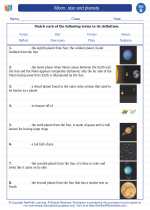Communication
Communication is the process of exchanging information, ideas, and feelings between individuals or groups. It is an essential part of human interaction and plays a vital role in various aspects of life, including personal relationships, business, and society as a whole.
Types of Communication
- Verbal Communication: This involves the use of spoken or written words to convey a message. It includes face-to-face conversations, phone calls, emails, and letters.
- Nonverbal Communication: This type of communication involves the use of body language, facial expressions, gestures, and eye contact to convey messages without using words.
- Visual Communication: Visual communication uses visual elements such as images, charts, and graphs to convey information.
- Interpersonal Communication: This is the exchange of information and messages between two or more people. It includes both verbal and nonverbal communication.
- Mass Communication: Mass communication involves the transmission of information to a large audience through various media channels, such as television, radio, and the internet.
Importance of Communication
Effective communication is crucial for building and maintaining relationships, resolving conflicts, and conveying information. In personal relationships, good communication fosters understanding and strengthens the bond between individuals. In the business world, effective communication is essential for teamwork, decision-making, and customer relations. Additionally, communication plays a critical role in sharing knowledge and ideas, influencing others, and advocating for social change.
Study Guide
Here are some key concepts to understand and study for the topic of communication:
- Identify and explain the different types of communication.
- Describe the characteristics of effective communication.
- Discuss the importance of communication in personal, professional, and societal contexts.
- Explore the role of nonverbal communication in conveying messages.
- Examine the impact of technology on communication in the modern world.
Understanding the various forms of communication and their significance can help you appreciate the importance of clear and effective communication in your daily life and interactions with others.
[Communication] Related Worksheets and Study Guides:
.◂Science Worksheets and Study Guides Second Grade. Moon, star and planets
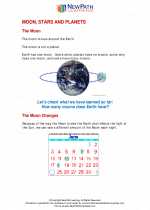
 Activity Lesson
Activity Lesson
 Worksheet/Answer key
Worksheet/Answer key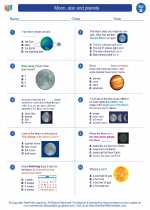
 Worksheet/Answer key
Worksheet/Answer key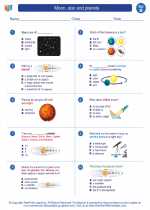
 Worksheet/Answer key
Worksheet/Answer key
 Vocabulary/Answer key
Vocabulary/Answer key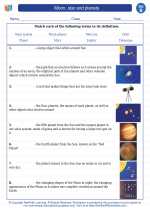
 Vocabulary/Answer key
Vocabulary/Answer key